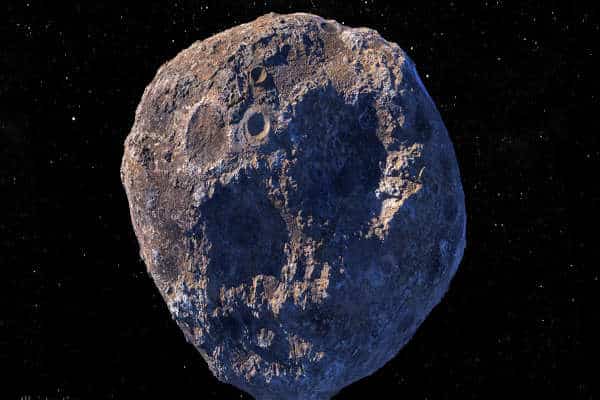As a planet-killing asteroid hurtles towards Earth in the film Don’t Look Up, scientists Jennifer Lawrence and Leonardo DiCaprio struggle to get the world to take the threat seriously. For many, the Netflix film that came out last year was a symbol of the world’s inaction on climate change.
While I agree with that message, I couldn’t help but take a more literal view of the question at the heart of the drama: if a 10km-wide asteroid is six months away from hitting Earth, is it possible to stop this catastrophe which would end our life on Earth for good? Do we have the resources and technology ready and available today to avert such a disaster?
The answer, from a purely technical perspective, appears to be yes. Scientists believe that humanity has crossed a technological threshold to prevent us from ‘going the way of the dinosaurs’ and blowing up in smoke.
While there are no known impact threats at the moment, tiny meteoroids disintegrate in the Earth’s atmosphere all the time. Yes, that’s right – an asteroid could come this way at any second.
Asteroids have hit Earth over the course of its history, and it will happen again. Dust, meteoroids, and even small asteroids hit Earth all the time and they create the meteors or “shooting stars” that you see as they disintegrate in the atmosphere. But impacts of asteroids that affect the surface are much rarer and happen on time scales of hundreds to thousands to millions of years.
Finding asteroids that may pose a hazard to Earth as early as possible is important for advanced warning and, if necessary, to mitigate against a future impact threat should one ever be discovered.
It might be a small one that lands in the ocean and creates a few waves – or it could be a massive asteroid like in the movie Don’t Look Up that has planet-ending impacts. Either way, scientists are confident they have the technology available now to move it off course. The good news is that larger asteroids are much easier to find, and there are fewer of them in our solar system.
Late last year, NASA launched the Double Asteroid Redirection Test. This will be the first-ever planetary defense test mission. It will demonstrate that a spacecraft can navigate itself to and perform a moving impact on a relatively small target asteroid. This will test if this is a viable technique to deflect a genuinely dangerous asteroid. NASA have hope that a robust planetary defense system is possible for even short notice existential threats such as that in Don’t Look Up.
Ideally, we would never be in this situation, but better we are ready than we go up in flames! Hypothetically, of course.
Critical Thinking Questions:
- How big of an asteroid would it take to destroy the Earth?
- Is it likely that a big asteroid will hit Earth in our lifetimes?
- What would happen if an asteroid hit the moon?
Practical Thinking Questions:
- What do you think is a bigger threat – an asteroid hitting Earth or Climate Change?
- Have you seen the film Don’t Look Up? What did you think was the biggest message from that film?
- What happened to the dinosaurs when the asteroid hit Earth?












